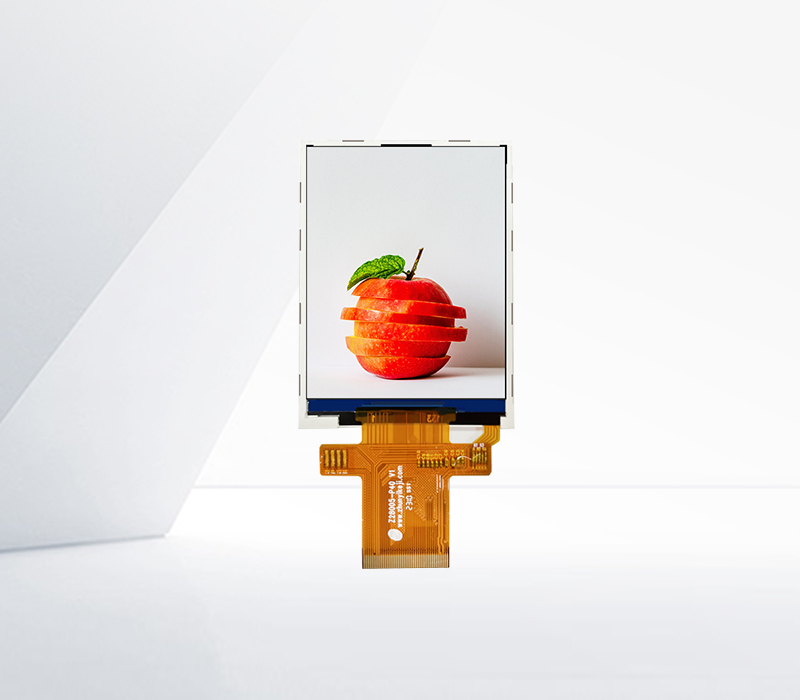




Low-power LCD (Liquid Crystal Display) modules have become increasingly crucial in modern electronic devices, driven by the growing demand for longer battery life and energy-efficient operation. These modules are designed to minimize power consumption while maintaining acceptable display quality, making them ideal for a wide range of applications, from portable devices to battery-powered IoT (Internet of Things) sensors.
The fundamental principle behind the low-power operation of LCD modules lies in the unique properties of liquid crystals. LCDs do not emit light on their own but rely on external light sources, such as backlights, to produce visible images. In low-power LCDs, one of the key strategies is to optimize the backlight system. Traditional LCDs often use cold cathode fluorescent lamps (CCFLs) as backlights, which consume relatively high amounts of power. In contrast, low-power LCD modules typically adopt light-emitting diodes (LEDs) as backlights. LEDs offer several advantages, including lower power consumption, longer lifespan, and faster response times. Additionally, advanced LED driver circuits are employed to precisely control the brightness of the backlight, reducing power usage by adjusting the backlight intensity according to the display content. For example, in e-readers, the backlight can be dimmed or even turned off in well-lit environments, significantly reducing power consumption.
Another important aspect of low-power LCD modules is the optimization of the liquid crystal material and the display driving circuit. Newer liquid crystal materials with lower viscosity are used, which require less voltage to change the orientation of the liquid crystals. This reduction in operating voltage directly leads to lower power consumption. Moreover, the display driving circuit is designed with power-saving features. For instance, techniques such as pixel-level power control are applied, where only the pixels that need to display content are powered, while the rest remain in a low-power state. In addition, some low-power LCD modules use reflective or transflective technologies. Reflective LCDs utilize ambient light for illumination, eliminating the need for a backlight in bright environments, thus consuming almost no power for image display. Transflective LCDs combine the advantages of both reflective and transmissive modes, automatically switching between using ambient light and the backlight depending on the lighting conditions, further optimizing power usage.
Low-power LCD modules find extensive applications in various fields. In wearable devices like smartwatches and fitness trackers, where battery capacity is limited, these modules enable long-lasting operation without frequent recharging. In the IoT sector, low-power LCDs are used in sensors and remote monitoring devices, allowing them to function for extended periods on a single battery charge. This not only reduces maintenance costs but also enables the deployment of devices in remote or hard-to-reach locations. As the demand for energy-efficient electronics continues to grow, the development and application of low-power LCD modules will play an increasingly vital role in shaping the future of the electronics industry.
